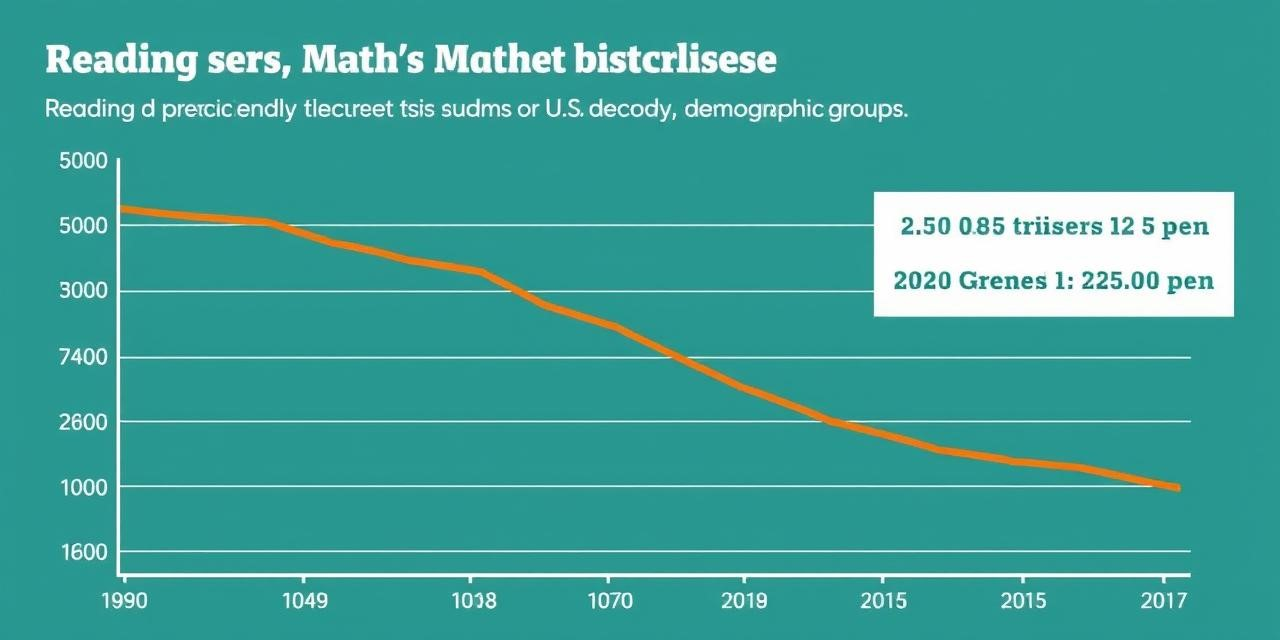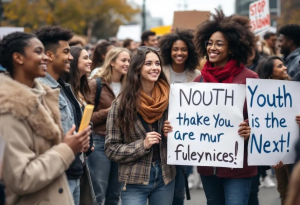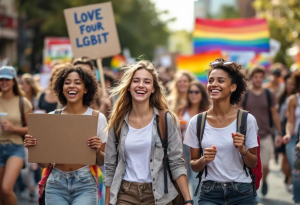
Hey everyone! I’m a probinsyano from Cebu, and I’ve always been a believer in the power of education. It’s not just about books and classrooms. It’s about opening doors and helping young people achieve their dreams. We need to make sure every young person has a chance to thrive.
But here’s the truth: youth education in the U.S. is facing some big problems. Test scores are down. There are inequities in the system. We need to ask ourselves: Are we really setting up our kabataan for success?
The State of Youth Education: A Cause for Concern
Let’s look at the numbers. Recent stats are worrying. Reading and math skills are declining, especially since the pandemic. It’s not just about tests. It’s about the future workforce and individual potential. Imagine a generation that doesn’t have the skills to navigate the world. That’s a nakakatakot thought.
And it doesn’t affect everyone equally. These declines hit marginalized communities the hardest – kids from low-income backgrounds, students of color, and students with disabilities. The very kabataan who need quality education the most are often left behind. This isn’t just a problem; it’s an injustice.

Policy Impacts and School Closures
Some recent policy ideas are raising concerns about the future of public education. The full impact is still unknown, but some changes could hurt already struggling schools. We’re seeing more and more school closures, especially in underserved communities. Closures aren’t just about a building. They mean the loss of community, a disruption of stability, and a setback for students.
When schools close, students are often forced to go to under-resourced schools, which makes things even worse. It feels like a dagok – a heavy blow – to communities that are already struggling. We need to ask: Are these policies really helping our kabataan, or are they making things worse?
Organizations Leading the Way
The good news is that there are groups working hard to advocate for better education and community support. Organizations like the Afterschool Alliance and America’s Promise Alliance are pushing for policies and programs that support students both inside and outside the classroom.
The Afterschool Alliance believes that learning doesn’t stop when the school bell rings. They support afterschool programs that provide safe spaces, academic help, and fun activities. This is especially important for students from disadvantaged backgrounds.
America’s Promise Alliance focuses on helping young people succeed by making sure they have the resources they need. They know that education is just one part of the puzzle. Things like healthcare, safe housing, and supportive relationships are also crucial. These organizations are our kaabag – our partners – in the fight for equal education.
School Choice: Solution or Divisive Issue?
School choice is complicated. Some say it lets parents choose the best school for their kids, which encourages competition and innovation. They think it can help students in failing schools get a better education.
But others worry that school choice can make inequalities worse. They say it takes money away from public schools and leaves behind students who don’t have the resources to participate. They fear it could create segregated schools and isolate marginalized communities. It’s a mahalagang tanong – an important question – that we need to think carefully about.
Finding What Works: Success Stories
Even with all the challenges, there are success stories out there. Some schools are using personalized learning, which means tailoring lessons to each student’s needs. Others are focusing on project-based learning, where students do hands-on activities that help them think critically and solve problems.
In some communities, schools are partnering with businesses and organizations to give students internships, mentorships, and real-world learning experiences. These mga halimbawa show that with creativity and collaboration, we can create schools that help all students succeed.
A Call to Action: Invest in Our Kabataan
Our future depends on the education of our youth. We can’t just stand by while our kabataan are left behind. We need to demand action from our leaders, support our teachers, and invest in programs that promote equal education.
Here’s what you can do:
- Go to local school board meetings.
- Volunteer in afterschool programs.
- Advocate for policies that support public education.
Every little bit helps.
Let’s work together to create a system where every young person has the chance to reach their full potential. It’s time to invest in our kabataan and build a brighter future for everyone. Maraming salamat po for listening. Let’s get to work!

